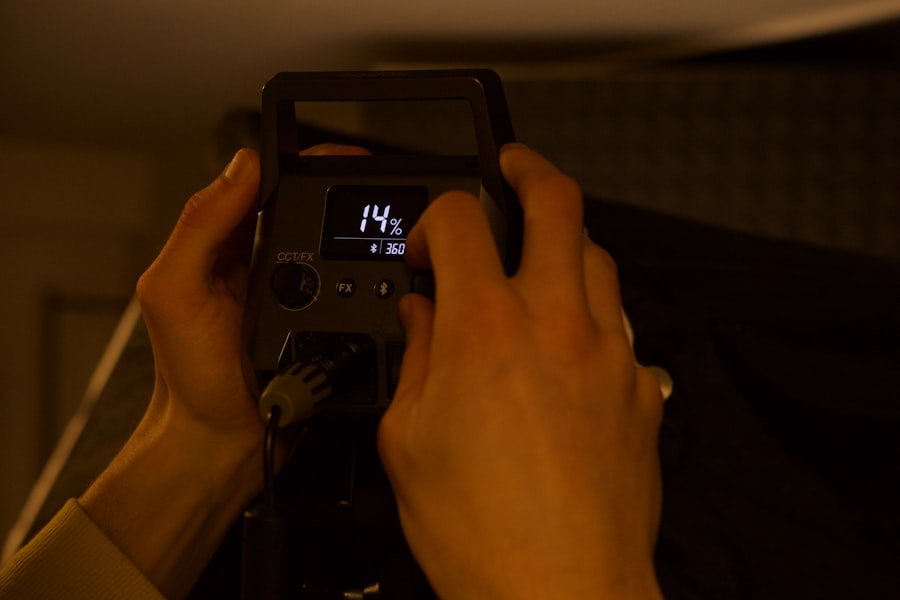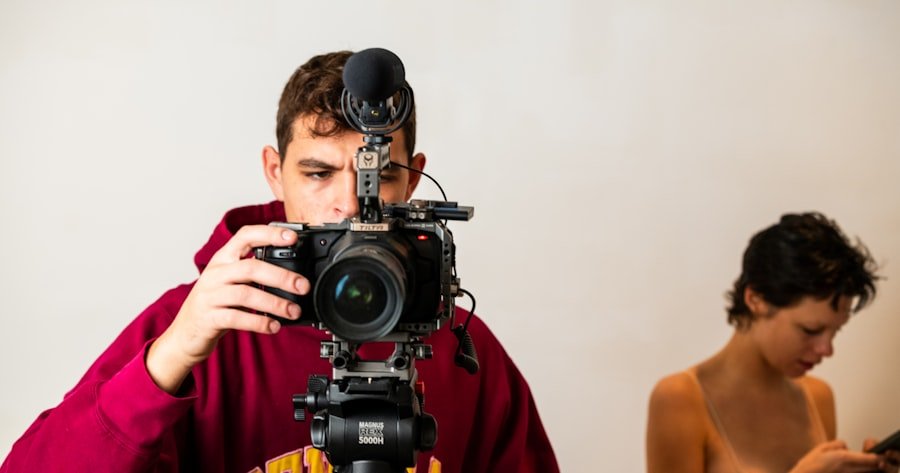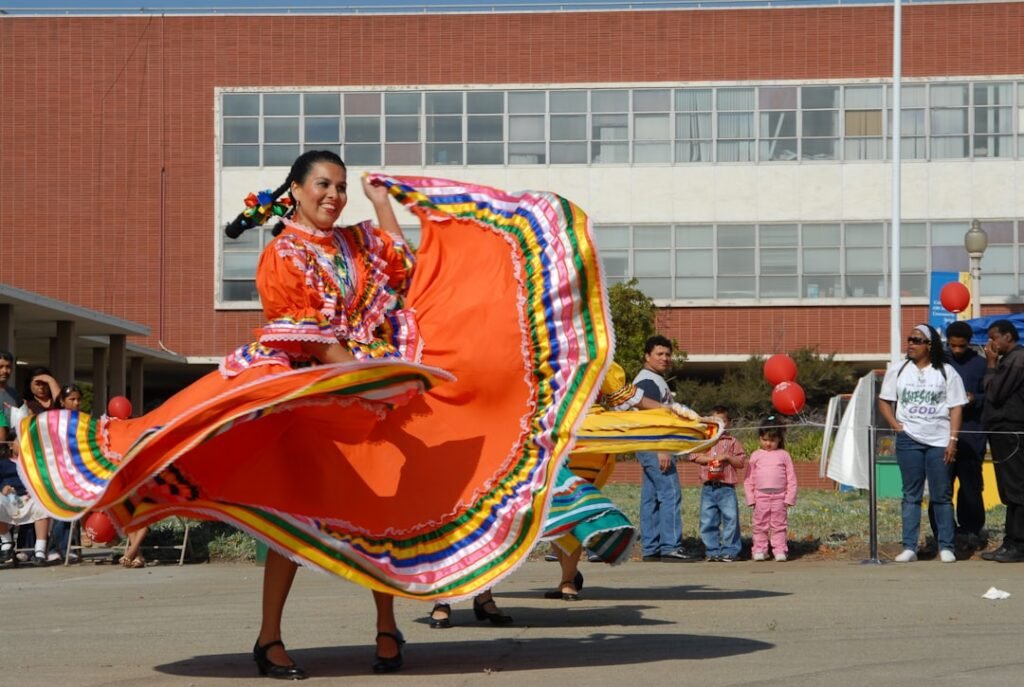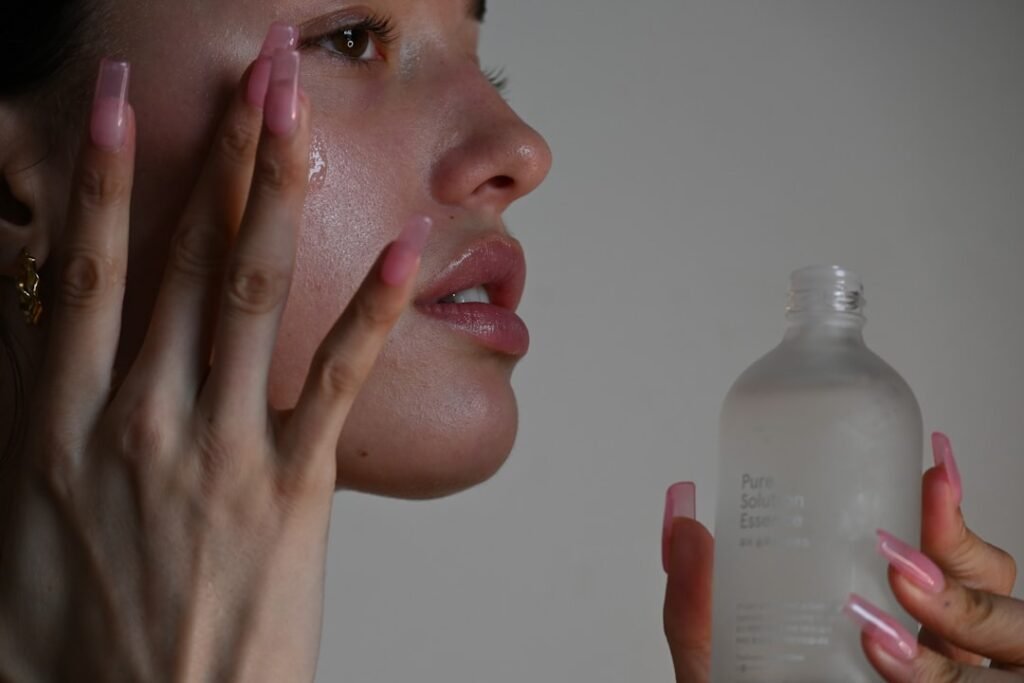Now Reading: Mastering Photo Mode for Pro Screenshots
-
01
Mastering Photo Mode for Pro Screenshots
Mastering Photo Mode for Pro Screenshots

As I delve into the world of photo mode, I find it essential to grasp the foundational elements that make this feature so captivating. Photo mode is not merely a tool; it’s an artistic canvas that allows me to capture moments in a way that transcends the ordinary gameplay experience. By pausing the action and manipulating various settings, I can create images that tell a story or evoke emotion.
This mode is often found in many modern video games, providing players with the opportunity to showcase their favorite moments, characters, and environments in stunning detail. Navigating through photo mode can initially feel overwhelming due to the plethora of options available. However, I’ve learned that understanding the basic controls is crucial.
Most games offer a user-friendly interface where I can adjust camera angles, zoom levels, and even the time of day. Familiarizing myself with these controls allows me to experiment freely, transforming mundane scenes into breathtaking visuals. The beauty of photo mode lies in its ability to empower me as a creator, enabling me to capture the essence of my gaming experience in a way that resonates with others.
Key Takeaways
- Understanding the basics of photo mode is essential for capturing professional-looking screenshots in video games.
- Adjusting camera settings such as aperture, shutter speed, and ISO can help achieve the perfect shot in photo mode.
- Utilizing composition techniques like the rule of thirds and leading lines can enhance the visual appeal of screenshots.
- Mastering lighting and exposure is crucial for creating well-balanced and visually appealing screenshots in photo mode.
- Using depth of field can create stunning visual effects and draw attention to specific elements in screenshots.
Adjusting Camera Settings for the Perfect Shot
Focal Length and Depth of Field
Once I’ve grasped the basics of photo mode, I turn my attention to adjusting camera settings to achieve that perfect shot. I often start by experimenting with focal length and depth of field.
Angle and Height
Another critical aspect is adjusting the angle and height of the camera. I’ve discovered that a low angle can lend a sense of grandeur to a character or object, while a high angle can create a feeling of vulnerability.
Adding Dynamism with Tilt and Rotation
Additionally, I play around with the tilt and rotation settings to add dynamism to my shots. These adjustments not only enhance the visual appeal but also help convey the mood or theme I want to express. With each tweak, I feel more in control of my creative vision, transforming simple gameplay moments into striking visual narratives.
Utilizing Composition Techniques for Professional-looking Screenshots

Composition is where my creativity truly shines in photo mode. Understanding and applying composition techniques can elevate my screenshots from ordinary to extraordinary. One of the first principles I embrace is the rule of thirds.
By dividing the frame into a grid and positioning key elements along these lines or at their intersections, I create a more balanced and engaging image. This technique encourages me to think critically about what I want to highlight in my shot. In addition to the rule of thirds, I often explore leading lines and framing techniques.
Leading lines guide the viewer’s eye through the image, creating a sense of depth and movement. Whether it’s a winding path or a row of trees, these elements draw attention to my subject and enhance the overall composition. Framing involves using elements within the scene to create a natural border around my subject, adding context and focus.
Mastering Lighting and Exposure in Photo Mode
Lighting plays a pivotal role in photography, and mastering it in photo mode has been one of my most rewarding challenges. The right lighting can dramatically alter the mood of an image, transforming an ordinary scene into something magical. I often experiment with different times of day within the game, as many titles allow for dynamic lighting changes.
The golden hour, just before sunset, provides a warm glow that enhances colors and adds depth to shadows. Exposure settings are equally important in achieving the desired effect. By adjusting exposure levels, I can brighten up dark scenes or tone down overly bright areas that might wash out details.
I’ve learned that subtle adjustments can make a significant difference; too much brightness can lead to loss of detail, while too little can obscure important elements. Balancing these factors allows me to create images that are not only visually appealing but also rich in detail and atmosphere.
Using Depth of Field to Create Stunning Visual Effects
Depth of field is another powerful tool at my disposal when capturing screenshots in photo mode. By manipulating this setting, I can create a sense of focus on specific elements while blurring out others, drawing attention where I want it most. This technique mimics what professional photographers do with their lenses and adds a layer of sophistication to my images.
For instance, if I want to highlight a character’s expression amidst a bustling background, I can use shallow depth of field to blur out distractions. I often play with varying degrees of depth of field depending on the scene’s context. In action-packed moments, a shallow depth can emphasize movement and urgency, while a deeper focus might be more appropriate for serene landscapes where every detail matters.
This versatility allows me to craft images that resonate emotionally with viewers, whether it’s capturing an intense battle scene or a tranquil moment in nature.
Enhancing Photos with Filters and Effects

Once I’ve captured my screenshots, enhancing them with filters and effects is where the fun really begins. Many games offer built-in filters that can dramatically change the mood and tone of an image with just one click. I enjoy experimenting with different filters to see how they alter colors and contrasts; some filters add warmth and nostalgia, while others might lend a more dramatic or futuristic feel.
In addition to filters, I often explore effects such as vignette or grain. A vignette effect subtly darkens the edges of an image, drawing focus toward the center and creating an intimate atmosphere. On the other hand, adding grain can evoke a sense of nostalgia or mimic classic film photography styles.
These enhancements allow me to personalize my images further and convey specific emotions or themes that resonate with my audience.
Incorporating Movement and Action into Screenshots
Capturing movement and action in photo mode presents its own unique challenges and rewards. While many screenshots are static, incorporating dynamic elements can breathe life into my images. To achieve this, I often look for moments where characters are mid-action—whether it’s leaping into battle or performing an intricate dance move.
Timing is crucial; I’ve learned that anticipating these moments can lead to some truly spectacular shots. Additionally, utilizing motion blur can enhance the sense of action in my screenshots. By adjusting settings to allow for slight blurring during fast movements, I create an impression of speed and energy that static images often lack.
This technique not only adds excitement but also helps convey the intensity of gameplay moments, making my screenshots feel more immersive and engaging.
Showcasing Details and Textures in Photo Mode
One aspect of photo mode that I particularly enjoy is showcasing intricate details and textures within the game world. Every environment is filled with unique elements that contribute to its overall aesthetic; capturing these details can elevate my screenshots significantly. Whether it’s the intricate patterns on a character’s armor or the delicate leaves on a tree branch, focusing on these textures adds depth and richness to my images.
To highlight these details effectively, I often use close-up shots or macro perspectives. By zooming in on specific elements, I draw attention to features that might otherwise go unnoticed in wider shots. This approach not only showcases the game’s artistry but also invites viewers to appreciate the craftsmanship behind each design choice.
In doing so, I create images that celebrate both the game itself and my unique perspective as a player.
Capturing Landscapes and Environments in Photo Mode
Landscapes and environments offer some of the most breathtaking opportunities for photography within games. Each virtual world is crafted with care, filled with stunning vistas that beg to be captured. When photographing landscapes, I often take time to explore different vantage points—climbing mountains or finding high ground allows me to discover unique perspectives that showcase the beauty of the environment.
I also pay close attention to how light interacts with these landscapes throughout different times of day. The way sunlight filters through trees or reflects off water can create mesmerizing effects that enhance my images significantly. By combining thoughtful composition with careful consideration of lighting conditions, I’m able to capture landscapes that evoke emotion and transport viewers into these virtual worlds.
Creating Dynamic Portraits and Character Shots
Portraits are another exciting avenue for exploration within photo mode. Capturing characters in their element allows me to convey personality and emotion effectively. To create dynamic portraits, I focus on facial expressions and body language—these elements tell stories without words.
Whether it’s a fierce battle stance or a moment of contemplation, capturing these nuances adds depth to my images. I also experiment with different backgrounds when taking character shots; contrasting environments can highlight specific traits or themes associated with a character. For instance, placing a warrior against a serene backdrop creates an interesting juxtaposition that invites viewers to ponder their story further.
By combining thoughtful composition with expressive poses, I craft portraits that resonate on both visual and emotional levels.
Tips and Tricks for Editing and Sharing Pro Screenshots
After capturing stunning screenshots in photo mode, editing them becomes an essential step before sharing them with others. While many games offer built-in editing tools, I often turn to external software for more advanced adjustments. Programs like Adobe Lightroom or Photoshop allow me greater control over color correction, cropping, and fine-tuning details that enhance my images further.
When it comes time to share my work, choosing the right platform is crucial for reaching an audience that appreciates my art form. Social media platforms like Instagram or dedicated gaming communities provide excellent avenues for showcasing my screenshots while connecting with fellow enthusiasts who share similar interests. Engaging with others through comments and feedback not only fosters community but also inspires me to continue honing my skills as a photographer within virtual worlds.
In conclusion, mastering photo mode has transformed how I experience gaming by allowing me to capture moments artistically and creatively express myself through visuals. From understanding basic controls to utilizing advanced techniques like depth of field and composition strategies, each step has enriched my journey as both a player and an artist. As I continue exploring this fascinating realm, I’m excited about what new techniques I’ll discover next—and how they will shape my future screenshots.
If you’re interested in exploring the impact of player choices in RPGs, you should check out this article that delves into the best choices in RPGs that actually matter. Understanding how your decisions can shape the outcome of a game can add a whole new level of depth to your gaming experience.
FAQs
What is photo mode in video games?
Photo mode is a feature in many video games that allows players to pause the game and take control of the in-game camera to capture screenshots of the game world and characters. It often includes various tools and settings to adjust the camera angle, depth of field, filters, and other visual effects.
How do I access photo mode in a video game?
The method for accessing photo mode varies from game to game, but it is often accessed through the game’s pause menu or by pressing a specific button or key on the controller or keyboard. Check the game’s settings or manual for specific instructions on how to access photo mode.
What are some tips for using photo mode to take pro-looking screenshots?
– Experiment with different camera angles and perspectives to find the most visually interesting composition.
– Use depth of field settings to create a sense of depth and focus on specific elements in the scene.
– Adjust the lighting and exposure settings to enhance the mood and atmosphere of the screenshot.
– Utilize filters and visual effects to add style and flair to the screenshot.
– Take advantage of any additional tools or settings provided in the photo mode to further customize the screenshot.
Can I share the screenshots I take using photo mode?
Yes, many video games allow players to easily share their screenshots directly from the game to social media platforms or other sharing services. Check the game’s options or settings for sharing options, or use the console or PC’s built-in screenshot sharing features.



























